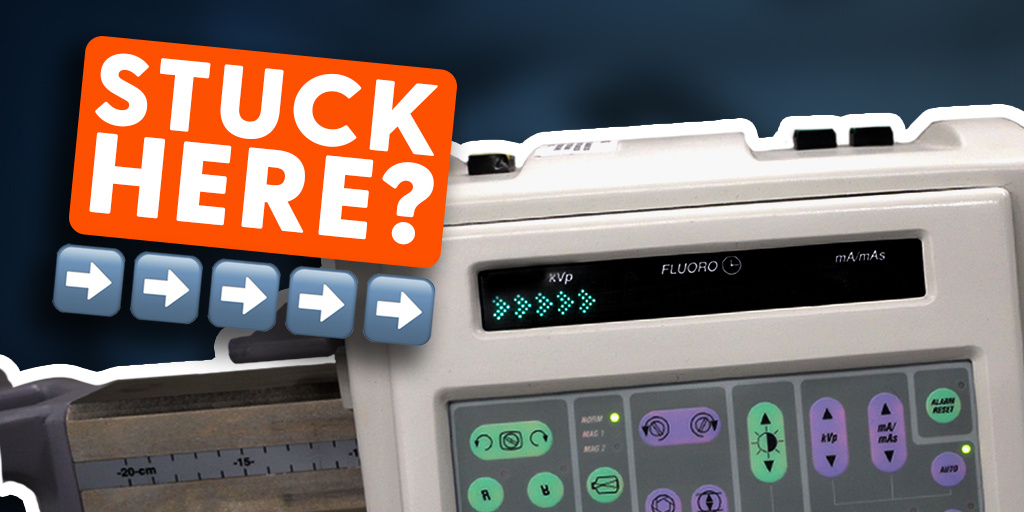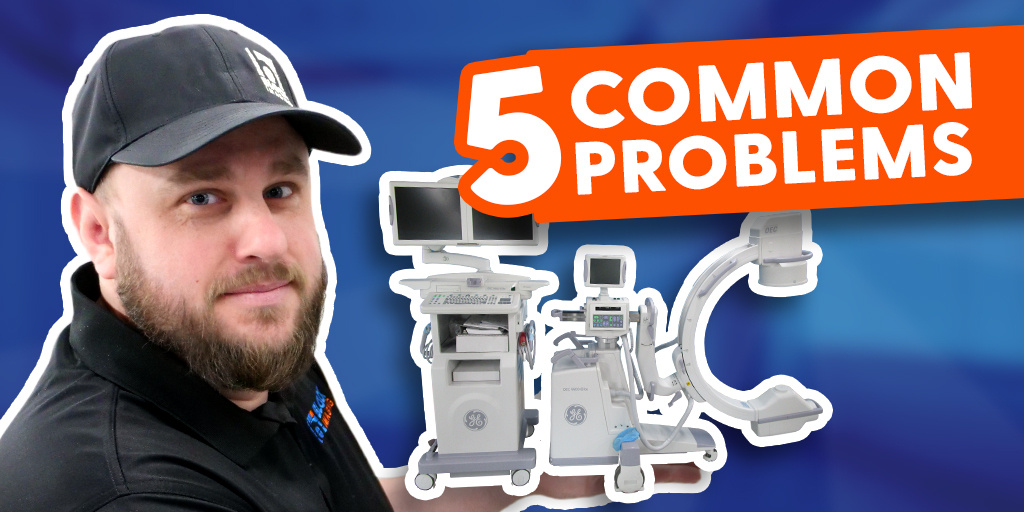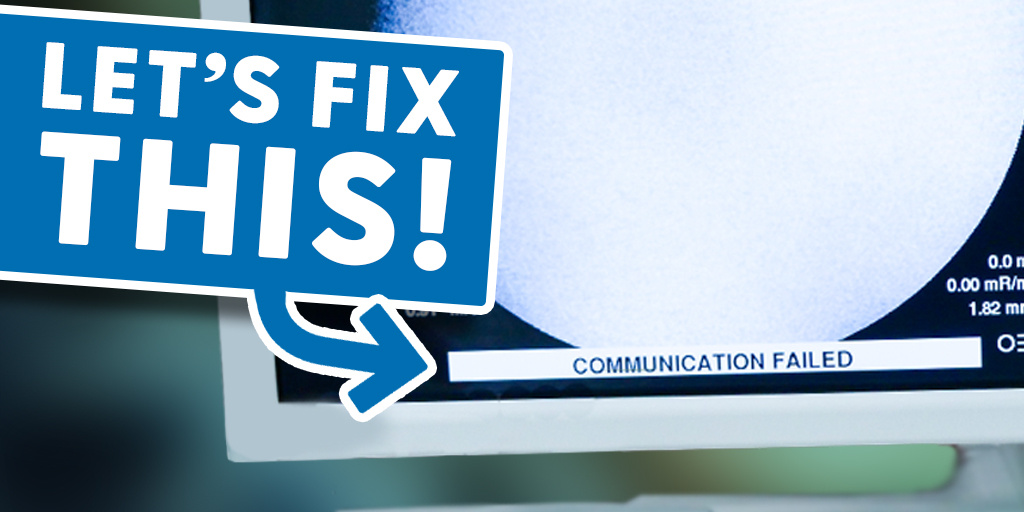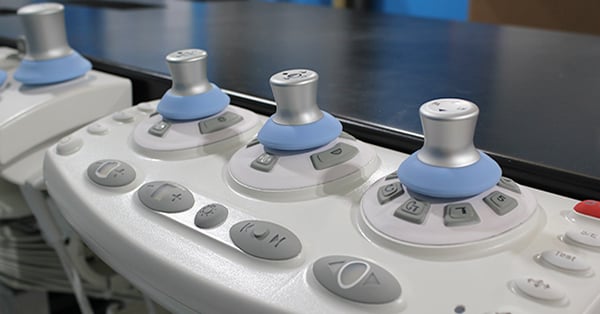
October 21, 2019 : 2 min read
GE Innova 4100 vs Philips FD20 Interventional Lab Comparison
If you're researching interventional labs, you'll see almost immediately: two of the hottest contenders on the market are the GE Innova 4100 and the Philips Allura FD20. The next question becomes something like: "Which of these is better for my facility?" That's an excellent question and one that can only be answered by weighing your facility's situation against the pros and cons of these two labs. That's where a good, old-fashioned comparison article like this comes in!
We'll kick off this comparison by saying that both of these models are high-quality systems that excel in a number of areas. The points below will highlight their separate strengths to lend some clarity to the choice between the two.
Flexibility
The 4100 is always floor-mounted, whereas the FD20 is ceiling-mounted. While both models feature table pivot controls, in terms of flexibility, the FD20 has the advantage because the C-arm can be moved completely clear of the table.
Floor-Mounted Cath Labs vs. Ceiling-Mounted Cath Labs
Installation/Remodeling
When getting your new interventional lab up and running, the system you're upgrading from will be just as indicative of how complicated your installation and remodeling will be as the system you're upgrading to. If the mounting is the same, i.e. floor-to-floor or ceiling-to-ceiling, things won’t be dramatically different.
Going from a floor model to a ceiling model requires installation of a lot of suspension material called "Unistrut" or "strut channel". Your current system probably already has some Unistrut in place for its monitor boom, but much more will be needed to support the bulk of your incoming positioner.
Unistrut: What It Is, Why You Need It
If you're updating from an older GE lab to a newer one, chances are there is very little to no remodeling that would need to be done as all GE labs are floor-mounted, with the exception of bi-plane systems. The same is true if you're moving between ceiling-mounted Philips labs.
Field of View (FOV)
Depending on which studies you intend to use your system for, both systems have an advantage in FOV. The 4100 has a 41cm x 41cm detector, providing a broader FOV. This feature makes it a good choice for oncology/tumor embolization, ablation techniques, run-offs, and vein embolization.
The FD20 has a 30cm x 40cm detector. This FOV puts the system into the "swing lab" category, meaning it can be used in both cardiac studies and a variety of vascular and neurological applications.
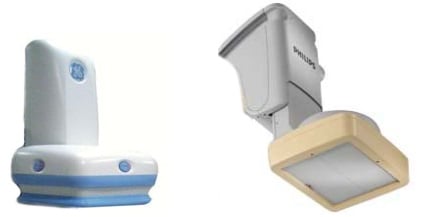
Software/Post-Processing Features
The 4100 and the FD20 share a similar range of software and post-processing options and the capabilities of both systems can be enhanced with additional workstations (e.g. 3D enabled). The average interventional site, however, would be well-served by the standard packages of either system.
Price
Currently, with delivery, installation, and one-year warranty included, average pricing for these models is as follows:
GE Innova 4100: $245,000 - $350,000
Philips Allura FD20: $300,000 - $425,000
The Takeaway
Hopefully, the points above have been helpful in narrowing down your search for the right interventional lab. If not, we have many blog articles and a free buyer's guide that can help you learn more. We also have a team of experts that's ready to serve and inform you for an excellent equipment pick. Contact us!

Kenn Dextrom
Kenn Dextrom is the Director of Product Manager at Block Imaging. He aims to provide clear direction and careful planning for Interventional Cath Lab buyers and working with the Block Imaging product team to provide excellent solutions for our customers. Out of the office, he spends most of his time keeping up with his wife and their three energetic sons.


